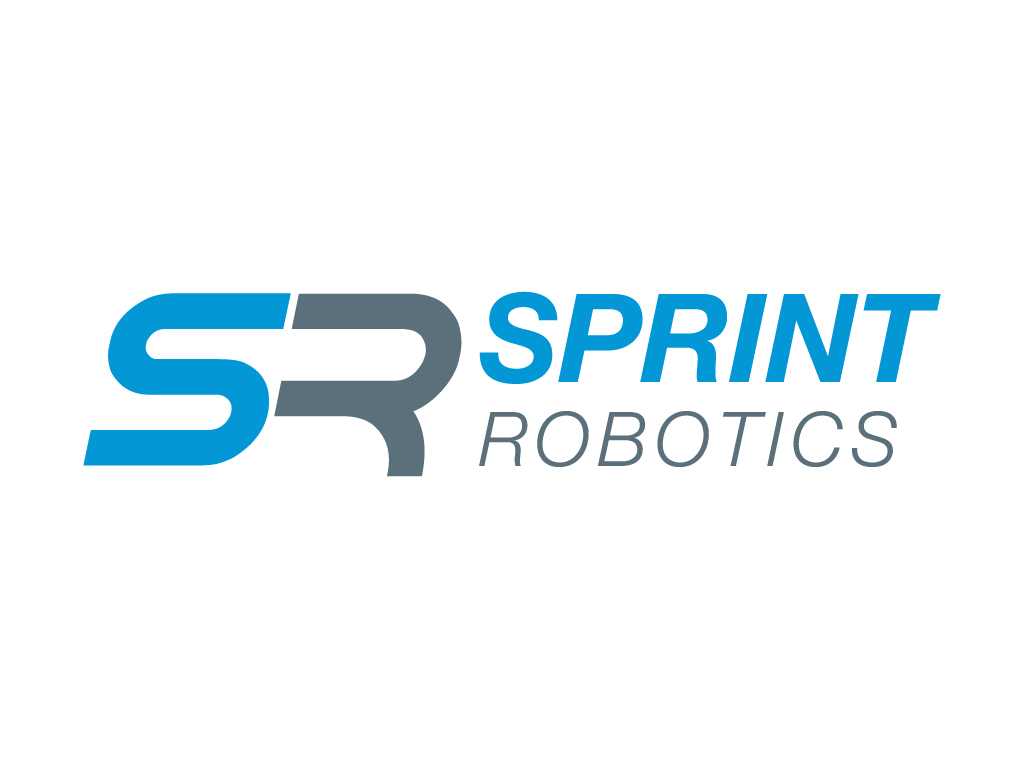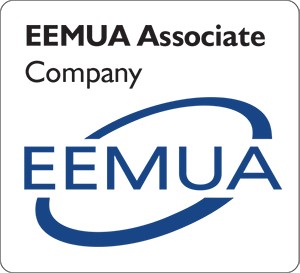Advanced Inspection
Applications- NII as replacement of IVI
- Pressure Vessels
- Pipelines
- Pipework
- Structures
- Subsea
- Heat Exchangers and Tubing
- Turbines
- Data Science
- Equipment integrity and reliability
- Robotic Tank Inspection
- Internal Inspection of Caissons
Inspection through coatings
Ultrasonic techniques such as 0 degree corrosion mapping or TOFD are often preferred in situations where the aim is to make accurate wall thickness measurements and achieve a high POD for wall loss. These techniques are widely used and, depending on the method of set up and application, can deliver very accurate measurement and reliable detection of in-service wall loss. They are proven to perform well with many typical in-service paint and corrosion protection coatings, e.g. fusion bonded epoxy. They are, however, limited to application on thinner coatings and/or coatings for which attenuation is limited. This limitation is related to the ultrasonic frequencies typically used with these techniques, i.e. usually in the range of 4 MHz to 15 MHz. Attenuation of ultrasound in materials is directly related to frequency, which a rapid increase in attenuation with increasing frequency. This limits the thickness and types of coatings through which it is possible to successfully apply 0 degree pulse echo or the TOFD technique for thickness measurement.
There are a wide range of situations where the coatings present are thick and/or attenuative to the extent that inspection using 0 degree pulse echo or TOFD is not practical. Examples include:
-
- Polymer insulation on subsea pipelines
- Corrosion protection tapes
- Polypropylene wraps at pipeline field joints
- Composite repairs
- Fire protection materials
The ability to obtain quantitative measurements in these situations would be a major benefit in supporting cost effective integrity management and there is a strong interest from asset owners in techniques that have this capability. Sonomatic has reacted to this situation by investing the development of Dynamic Response Spectroscopy (DRS).
DRS uses lower frequencies (typically less than 1 MHz) that can penetrate coatings. The technique is based on measuring the dynamic response of the material to the low frequency input. The material under the coating will respond preferentially at natural frequencies which are related to its thickness. Measurement of the frequencies of the responses is used to determine the wall thickness. Further details on the technique are provided in the brochure below.








